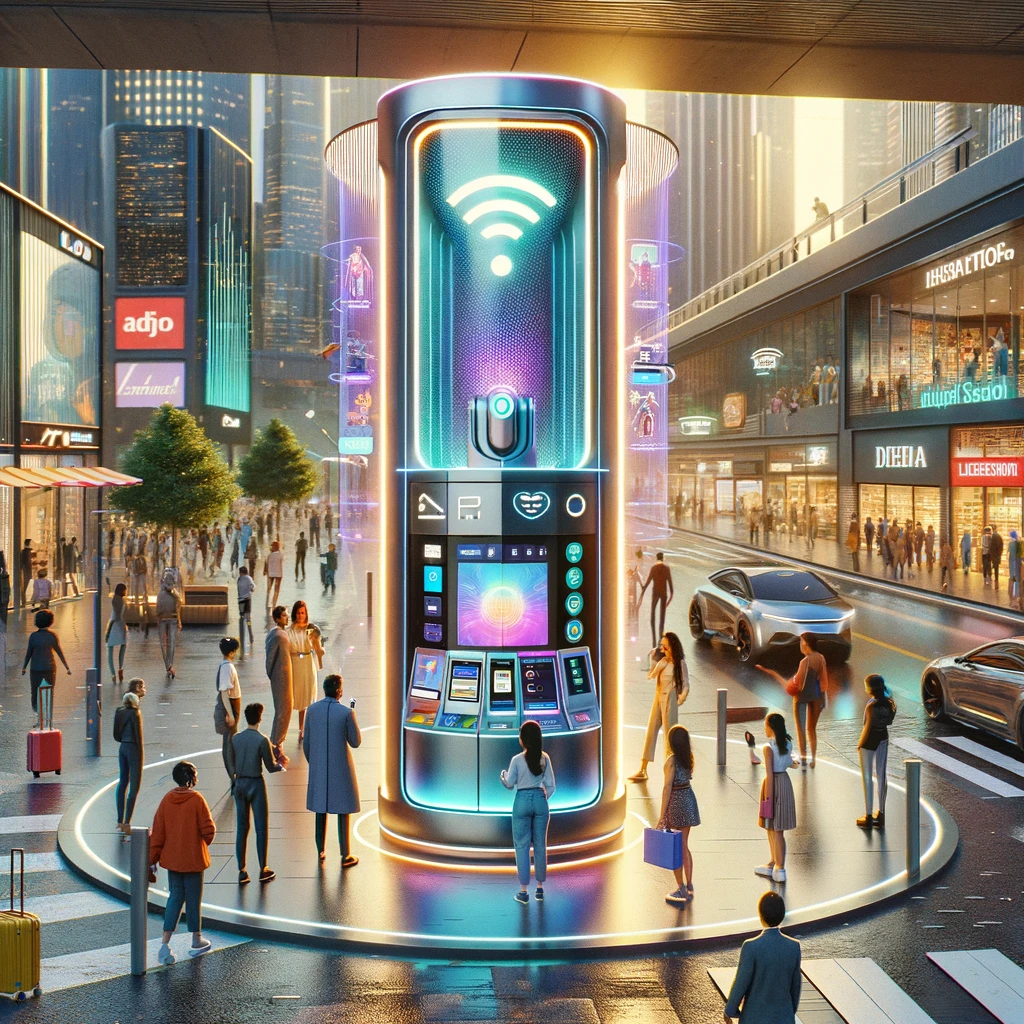Kiosks are multi-faceted hardware, the canvas on which hardware and software artists paint.
Today, kiosks are used for many services, such as EV chargers, wayfinding, ticket sales, information services, or as a point-of-sale (POS). They’re designed for public use, offering users a convenient and efficient way to access services or information. Today, they are in public (e.g., a parking lot), hybrid (e.g., student union), or private (e.g., in-office badged access) locations. They appear in any high-traffic location, and that is essential.
Yet for all the features, bright lights, and cool looks outside, they are straightforward on the inside. Kiosks are low-end fan-less computers with a touchscreen. Optionally, they have card readers, printers, a payment terminal, and perhaps a dispenser.
BTW, the result of a kiosk that isn’t in a high-traffic area is that its next home is the trash. Over the years, with tens of thousands of kiosks deployed, I’ve watched offices and other locations dispose of underutilized hardware.

